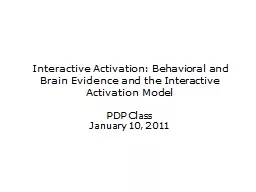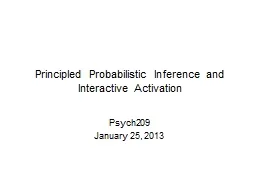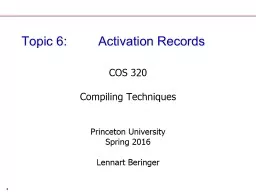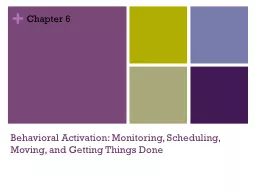PPT-Interactive Activation: Behavioral and Brain Evidence and t
Author : phoebe-click | Published Date : 2016-05-09
PDP Class January 10 2011 Overview Modular approaches Marr and Fodor A critique of modular approaches in vision The word superiority effect and the interactive activation
Presentation Embed Code
Download Presentation
Download Presentation The PPT/PDF document "Interactive Activation: Behavioral and B..." is the property of its rightful owner. Permission is granted to download and print the materials on this website for personal, non-commercial use only, and to display it on your personal computer provided you do not modify the materials and that you retain all copyright notices contained in the materials. By downloading content from our website, you accept the terms of this agreement.
Interactive Activation: Behavioral and Brain Evidence and t: Transcript
Download Rules Of Document
"Interactive Activation: Behavioral and Brain Evidence and t"The content belongs to its owner. You may download and print it for personal use, without modification, and keep all copyright notices. By downloading, you agree to these terms.
Related Documents














